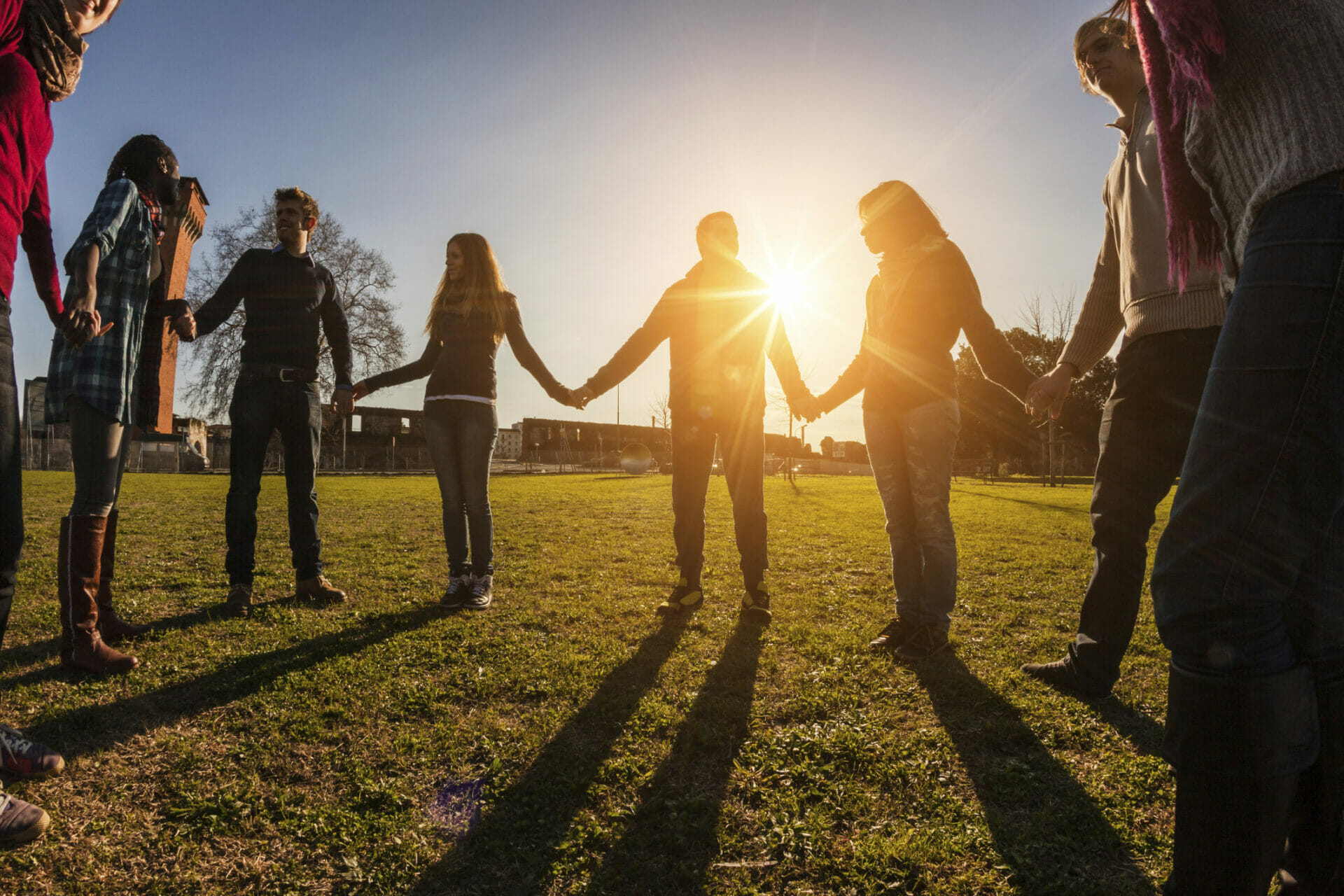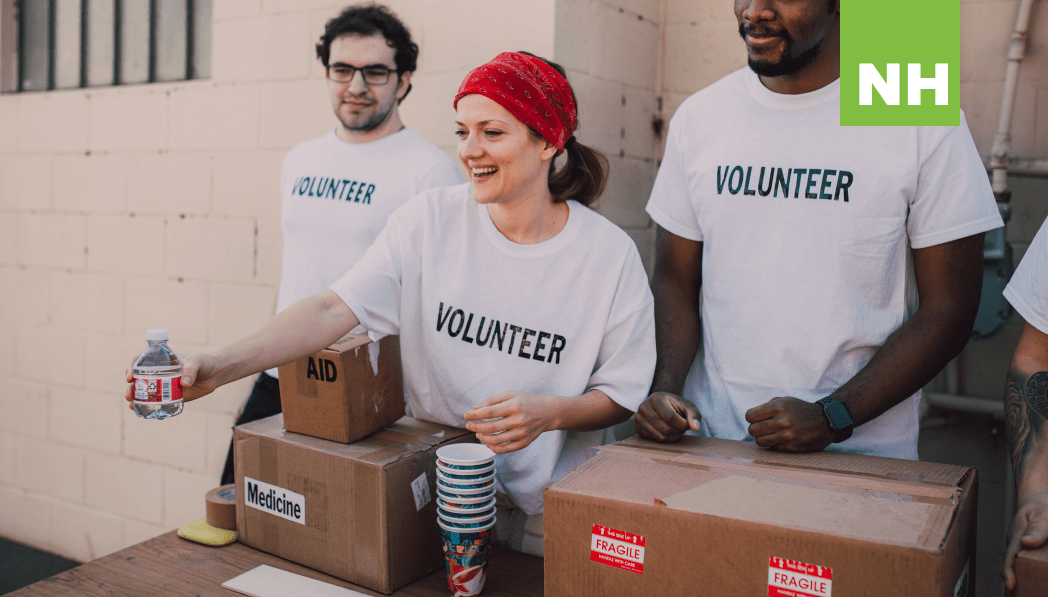Mina Chang is a guest contributor for Nonprofit Hub. She is CEO and president of Linking the World, an international humanitarian aid organization with a focus on children, global awareness, and breaking the cycle of poverty around the world. Linking the World has been saving lives and transforming communities since 1997 through its unique emphasis on partnerships to kindle hope.
________________________________
Nepal is still dealing with the aftermath of the country’s worst disaster in 80 years after two massive earthquakes killed more than 8,600 people—I wrote this in the midst of conducting disaster response operations. I feel compelled to do so even though the 2.8 million people we’re serving need help; they’re surrounded by billions of dollars in damage.
Why am I compelled?
Because, as a practitioner, I see the frustrating realities of disaster response—capacity and desire exist for wholesale change.
The collective goal of disaster response NGOs is to save lives, relieve suffering, and foster hope and resilience that will empower people to begin rebuilding. In Nepal, $422 million is needed for these efforts, yet only 30 percent of that amount has been raised at the time of this writing. Collaboration and coordination between agencies is imperative, and the development of public-private partnerships is also critical. Lessons learned must be quickly applied to future disaster scenarios.
In fact, coordination among NGOs is the single most effective way in which we can make every dollar fulfill its potential. Above all, working together can reduce redundancy in acquiring situational awareness, which means less time wasted and—most importantly—more lives saved.
Leveraging Technology to Join Forces
Our organization, Linking the World, has operated in some of the most devastating disaster zones in recent history, including Haiti, Kenya, the Philippines and Nepal, where 30 of the country’s 75 districts have been devastated. In every disaster response operation, we strive to coordinate with primary cluster groups to ensure we’re working in the most efficient ways possible. Yet the overriding concern we all hear is the lack of coordination and collaboration between NGOs and the coordinating agencies.
Sharing information with other actors hasn’t always been feasible or desirable. Disasters can knock out or overload local infrastructures, thus making access to data and communication systems nearly impossible. But the cloud has transformed preparation and management tactics for disaster response protocols. Data is accessible from beyond disaster zones, and it can be quickly scaled depending on traffic and volume, safeguarding agencies’ online presence from outages.
Data collation, analysis and distribution can be highly complex. NGOs need the appropriate resources and policies in place to control data quality and its interpretations.
In the United States, increased communication among NGOs is part of FEMA’s “Whole Community” approach to understanding the needs of disaster communities and organizing their assets, capacities and interests to best serve these areas. The cloud has facilitated the data sharing that NGOs need to take outreach to the next level.
Four Benefits of Coordination
Exchanging information poses a few distinct challenges. The most pervasive problem is limited donor dollars. Each NGO seeks to illustrate why it’s the most effective and “deserving” of financial support, focusing on dollars instead of how those dollars are benefiting the needy. But major issues exist with data veracity, compatibility of platforms, and nonexistent processes and standards.
However, transparency around data collection and analyzed results often leads to greater support from large corporations and foundations, which place higher scrutiny on fund allocations. NGOs need to pivot from their current corporate philanthropy mindsets to one of shared values. By letting go of silos and working together, they will experience four significant benefits:
- Heightened safety for first responders: In the initial moments of disaster response, NGOs place workers and volunteers directly in harm’s way. Each NGO undertakes some form of situational awareness: Which bridges are dangerous? Where are populations unstable? This data can mean the difference between life and death for first responders, yet it’s only minimally shared.
- Happier donors: Each NGO has donors to answer to and must put donations to good use. Understanding the needs and capabilities of other NGOs will produce greater returns on investment for donors—duplications are reduced, and more people are served.
- Accountability to sovereign nations: A major source of frustration is when NGOs land in disaster zones and totally disregard national sovereignties. It’s time for NGOs to be held accountable to sovereign nations. In doing so, our work will be increasingly trusted and respected over time. Sovereign nations will be able to track the benefits NGOs produce, supporting greater transparency, efficiency and quality of work.
- Efficient use of resources: Integrating data and resources in times of crisis will culminate in more meaningful and visible impacts. The relationships that result from sharing should also facilitate more effective prevention, protection, mitigation, response and recovery activities.
Improved collaboration will dramatically improve disaster response, but only if agencies collectively focus on transparency surrounding how they collate and maintain data quality. They also must agree to a standard set of protocols. Before exchanging information, actors must consider who they represent, how engaging other companies will support their missions and who they will and will not work with. By honing unique value propositions, they can also inspire constituents to understand and encourage the sharing of previously restricted data.
In the current political and financial climate, humanitarian agencies will likely be operating in a world of diminishing resources. But increased accountability could encourage NGOs and agencies to share best practices and consolidate their resources. In today’s world of ebbing funds, agencies must develop incentives for all actors to cooperate and link services.
The same mission should unite all NGOs: to continue making meaningful change in the world through joint efforts.






